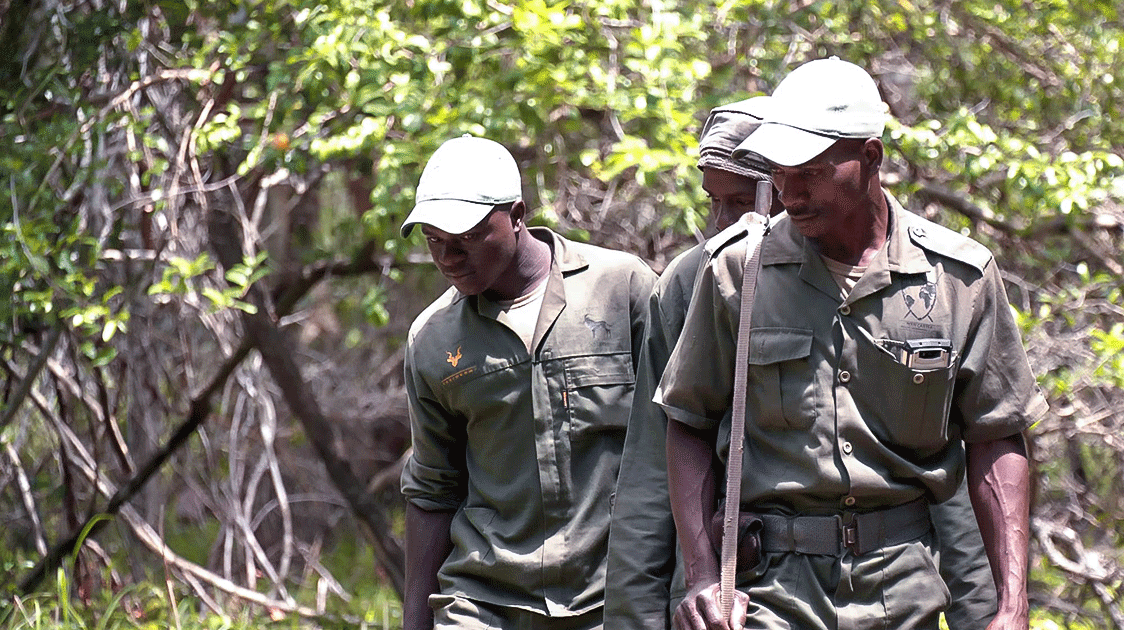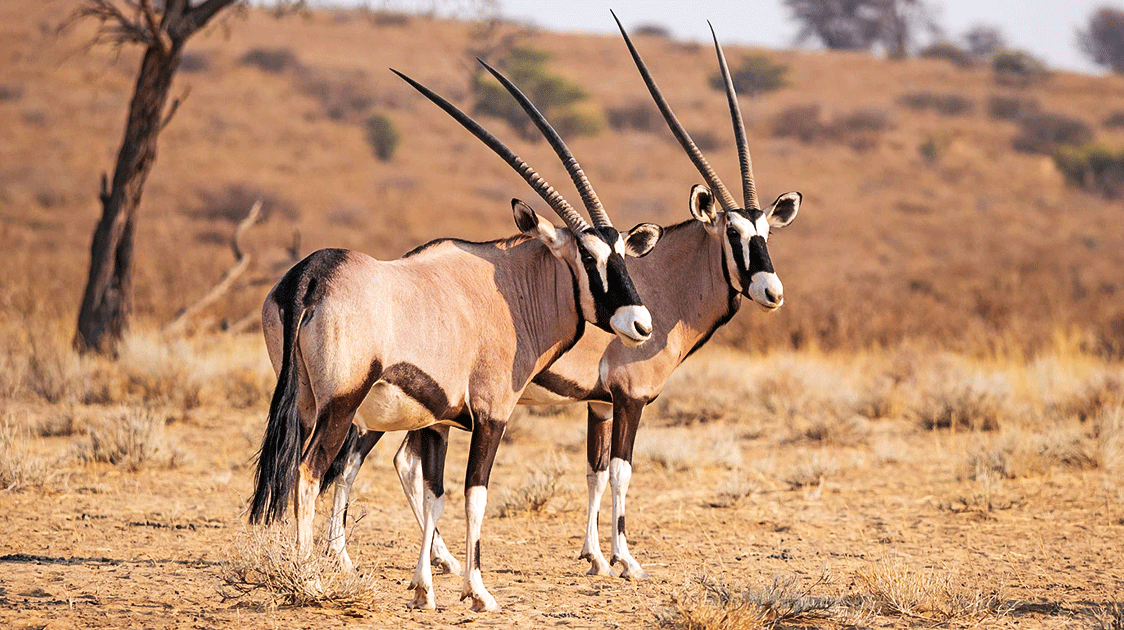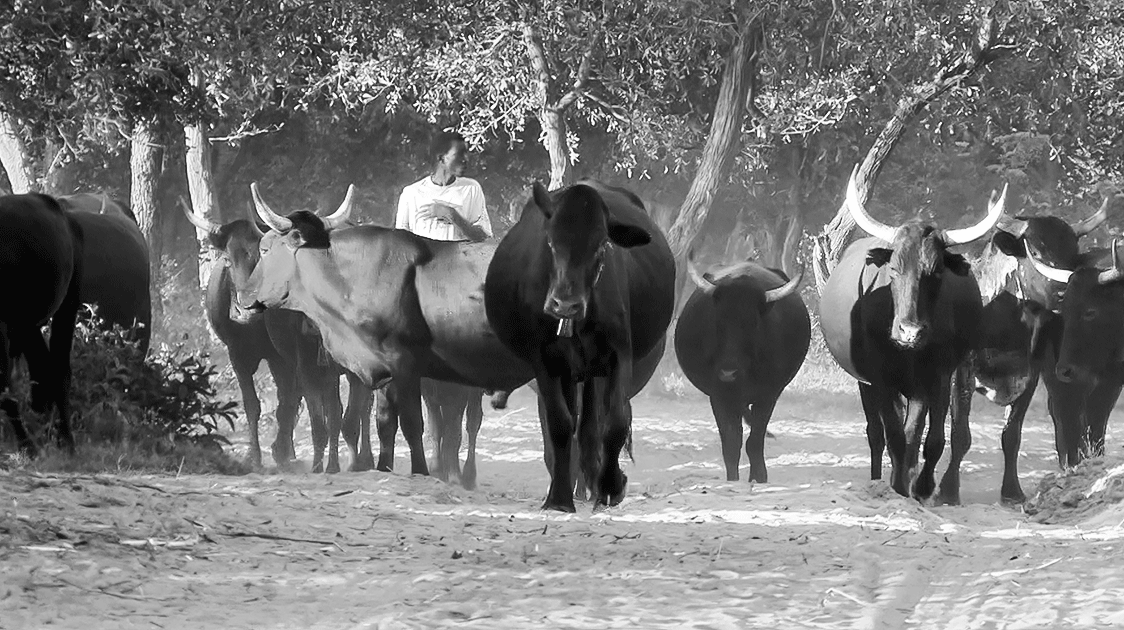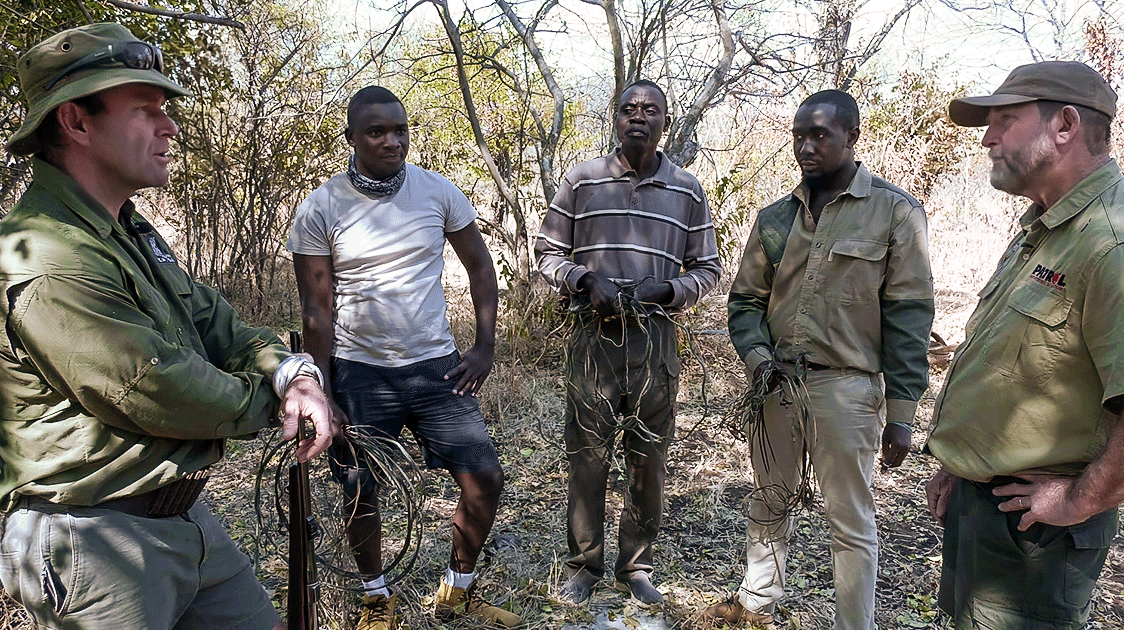Zambeze Delta Safaris: A Flagship Conservation Project (5-Minute Video)

Protected wilderness areas in Mozambique are known as conservation areas and are categorized according to their land use. No consumptive utilization of natural resources is allowed within national parks, national reserves, and forest reserves.
Sustainable consumptive utilization is permitted in community wildlife utilization areas, private game farms and state hunting areas, which are known as coutadas.
Coutada 11 is situated in central Mozambique, approximately 30 miles inland from the coast. Sections of the area lie within the Zambezi River delta. Before 1974, this 500,000-acre hunting block was one of Africa’s finest. Mark Haldane of Zambezi Delta Safaris is the current lessee of Coutada 11.
During Mozambique’s protracted war, the security situation made safari hunting impossible. Anarchy reigned as wildlife across the country was decimated. The region became a butchery to feed the troops on both sides of the war. The local bushmeat trade also thrived.
Buffalo populations that were estimated to be in the region of 45,000 fell to around 1,200; waterbuck numbers shrank from 100,000 to 2,500. Species such as sable, hartebeest, eland, nyala, and zebra were just about wiped out.
When Zambezi Delta Safaris took over Coutada 11’s hunting lease in 1992, the area was almost devoid of life, both human and animal.
With a lot of grit and determination, Zambezi Delta Safaris began rehabilitating the hunting area. Mark realized that a full-time anti-poaching unit would have to be employed. Ex-poachers make the best game rangers, and Mark started his team with five resident ex-poachers.




Comments ()